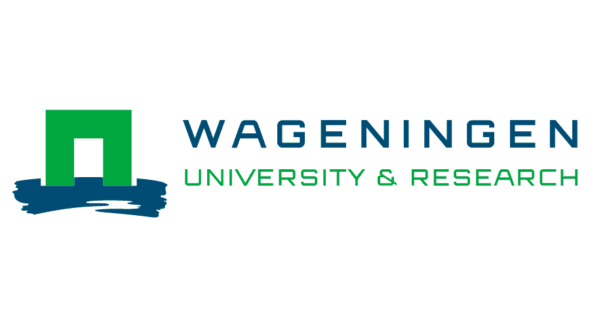Wageningen University (WU) is a research and education institution in the domain of ‘healthy food and living conditions’ with a mission to explore the potential of nature to improve the quality of life. Wageningen University & Research, Animal Breeding & Genomics (ABG) provides education and generates knowledge on the role and sustainable use of genetic variation in animals.

The group combines expertise in quantitative and molecular genetics related to the biological functioning of animals at population level. ABG studies genetic variation in farm and companion animals, and examines opportunities to use genetic variation in selection schemes. The group consists of 50+ people including tenured scientific staff, non-tenured staff and PhD students. Genetic selection of animals (and plants) on just production aspects is not enough anymore. Today’s breeding also requires selection criteria for many less easy to measure characteristics like i.e. animal health, resilience, environmental impact, and fertility. We identify these genetic aspects in the performance of livestock, fish and pet animals, and develop optimal breeding schemes for selection. ABG has made major contributions to the development, theory, and implementation of Genomic Selection (GS) in livestock species over the last 15+ years in close collaboration with international scientists as well as animal breeding companies. Optimization of breeding programs has an even longer history in ABG and recent EU projects include, for example, FISHBOOST and MEDAID.
Main tasks of WU in AquaIMPACT
WU is leading WP1 Genomic Innovations. The expertise from working on breeding innovations together with breeding companies is very important in AquaIMPACT. The strong background in theory and implementation of genomic selection within WU is combined with the expertise in design of breeding programs to develop data structures for genomic selection in the major European aquaculture fish species.
In another task WU contributes to the building of smart phenotyping equipment and methods to select on novel image based phenotypes. Selection strategies to select in real time will also be developed. “We will also contribute to a course on implementation of genomic selection and breeding for professionals”, says John Bastiaansen, research associate and WP1 leader in AquaIMPACT.
“We are currently working on defining the traits that can be measured based on imaging and planning data collection with the phenotyping equipment later this year, to investigate the genetics of these new traits”.
